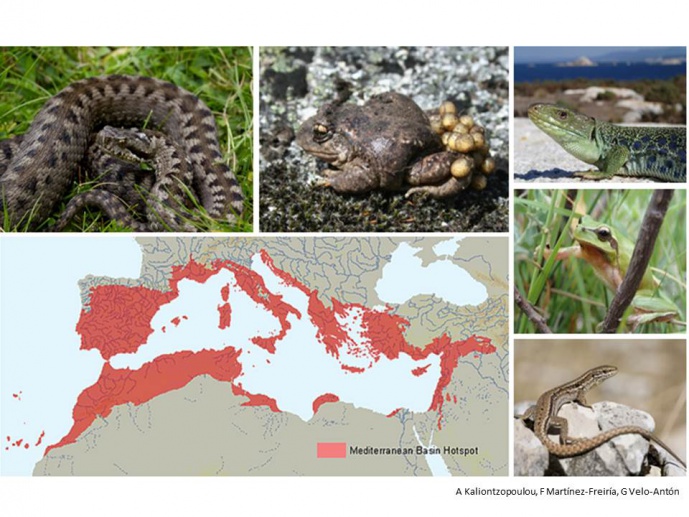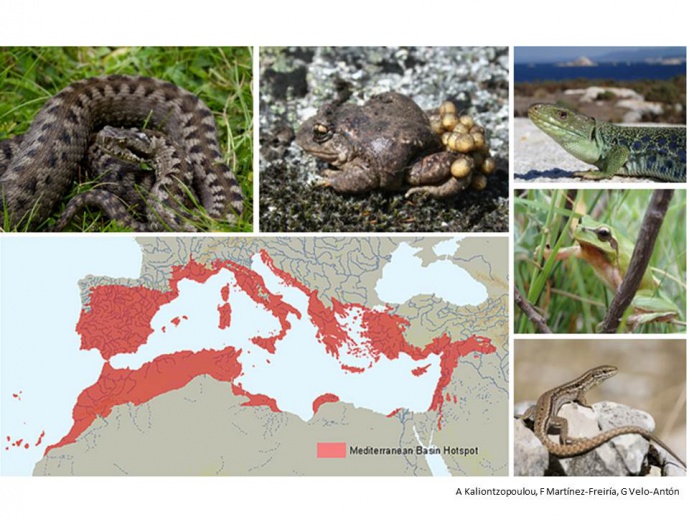Evolving biodiversity: using evolutionary theory to understand what makes the Mediterranean one of the world´s richest hotspots
The Mediterranean Basin is one of the most complex and diverse regions of our planet. It´s turbulent geological and climatic history, together with long-lasting interactions between humans and Mediterranean ecosystems, have shaped it into one of the richest biodiversity hotspots of our planet. Despite intense systematic, phylogenetic and biogeographic research in numerous Mediterranean taxa, the consistency of the ecological and evolutionary processes that have shaped diversity patterns across different organisms remains unexplored. Understanding how biodiversity evolves is crucial for conserving this diversity, particularly in highly humanized areas.
The objective of this project is to explore the evolutionary dynamics involved in shaping the Mediterranean Basin as one of the worlds' richest biodiversity hotspots. We will use a macroevolutionary approach to assess how the structural and climatic complexity of the Mediterranean Basin has shaped the evolution of biodiversity using reptiles and amphibians as model organisms. For this purpose, we will collect morphological data from several NHM collections, complementing data already collected previously, for selected circum-Mediterranean amphibian and reptile taxa. These will then be combined to phylogenetic trees and climatic niche models to calculate evolutionary rates for morphological and ecological traits, and test whether morphology (as a proxy of structural niche) or bioclimatic niche has evolved faster in each group. This will allow us to infer whether structural or climatic environment had a stronger influence on shaping diversity patterns.
To examine the same hypotheses with more precision, we will use Podarcis wall lizards as a model system to follow a fine-scale, mechanistic approach to macroevolutionary diversification. We will jointly study morphology, whole-organism performance, and ecophysiology, quantified at the species level following well-established protocols. These phenotypic data will be combined to the phylogeny of the genus using phylogenetic comparative analyses to test: a) if Podarcis represent an adaptive radiation; b) which is the role of morphology, functional performance and ecophysiology in promoting this radiation; and c) which is the association between these phenotypic traits and species diversification.


